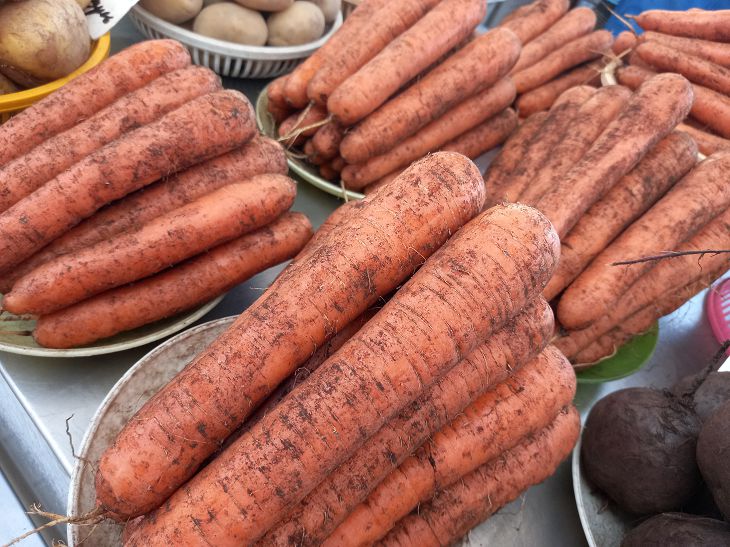How to Get an Excellent Carrot Harvest: 5 Important Techniques for Impressive Results
What gardener would not want to increase the yield of crops growing on his plot? There are few of them.
Having set such goals regarding carrots, it is worth knowing that there are simple, but at the same time effective methods that can help you achieve what you want.
What is success?
The majority of gardeners start sowing carrots almost after the first thaw, using greenhouses covered with polyethylene for this method.
But here it is worth replacing outdated materials and switching to spunbond instead of film.
Modern agrofibre has good air and moisture permeability. It is also light in weight and will not crush young shoots, unlike polyethylene, which can spoil the plantings under the weight of accumulated water from rain.

Do not forget to disinfect the seeds before sowing. This can be either regular potassium permanganate or hydrogen peroxide, or preparations such as "Epin" or "Fitosporin".
A simple soaking procedure increases the percentage of germination. In this case, all the hollow seeds will float to the top (they are removed), and the full-bodied ones will sink to the bottom of the cup (they are dried and sown).
To ensure that overgrown carrot plantings are not in strong shade, you can initially alternate crops.
For example, carrots are sown between onion rows. This way, they will get more light, and the sharp neighbor will drive away a malicious pest from the root crop - the carrot fly.
At the end of the season, the harvest can be harvested not in one go, but in parts. First, large root crops are dug up, and after a few weeks, the grown-up, previously small ones. The main thing is to leave all the small ones to grow on the beds, without rushing to harvest them.
